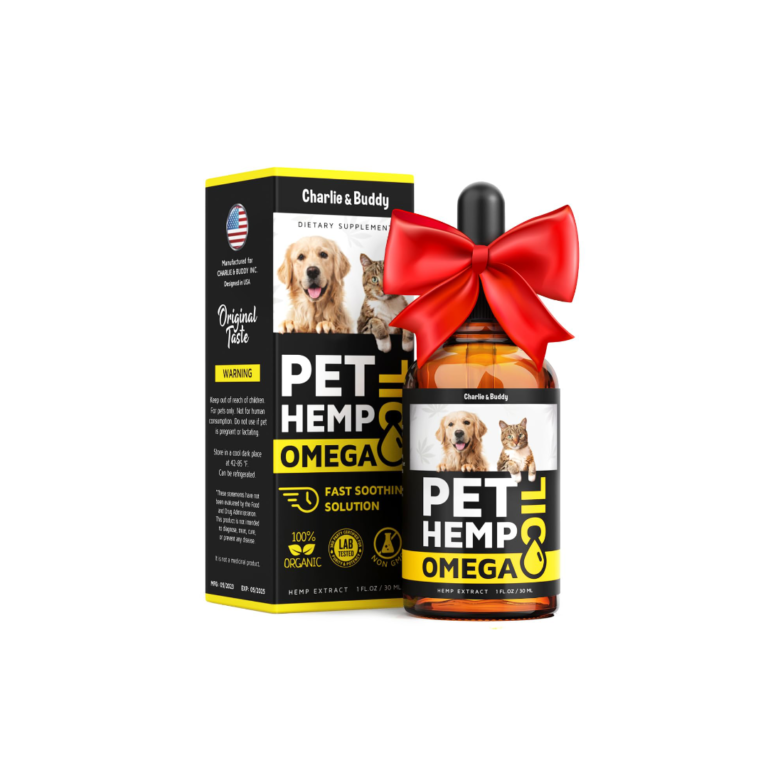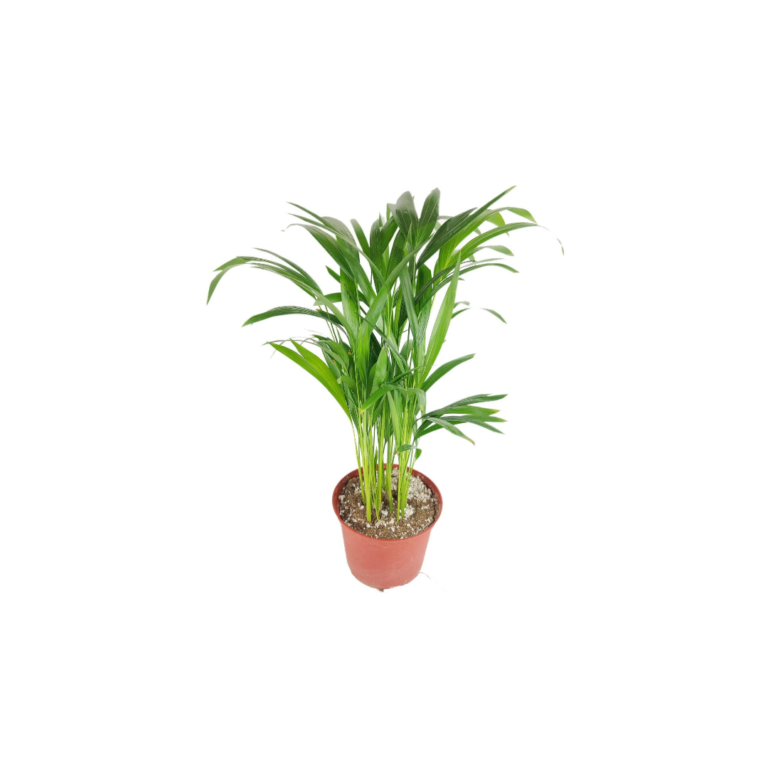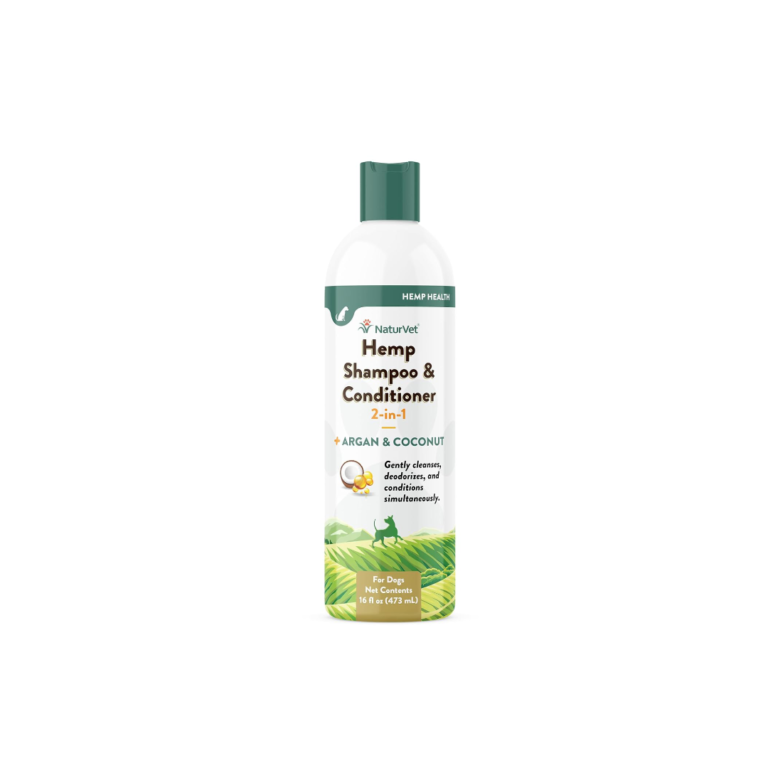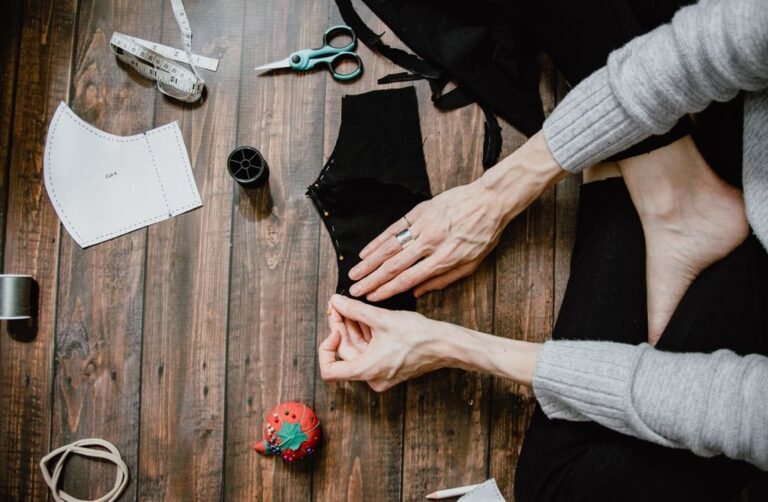Budget-Friendly Pet Safety: Maximizing Protection Without Breaking the Bank
Pet safety is a top priority for every pet owner, but it doesn’t have to break the bank. By implementing budget-friendly strategies, you can maximize protection for your furry friend without compromising your finances. In this article, we will explore various tips and techniques to create a safe environment for your pet, identify potential hazards in your home, and choose pet-friendly plants and decorations. Additionally, we will discuss DIY pet-proofing solutions, affordable pet-friendly products, and how to utilize household items for pet safety. We will also cover pet-proofing on a budget, including prioritizing essential safety measures, cost-effective pet containment options, and creating a pet emergency fund. Lastly, we will delve into the importance of training your pet for safety, including teaching basic commands, positive reinforcement techniques, and socializing your pet for a safe environment.
Key Takeaways
- Create a safe environment for your pet by removing potential hazards and choosing pet-friendly plants and decorations.
- Implement DIY pet-proofing solutions and utilize affordable pet-friendly products.
- Prioritize essential safety measures and consider cost-effective pet containment options.
- Create a pet emergency fund to prepare for unexpected veterinary expenses.
- Train your pet for safety by teaching basic commands, using positive reinforcement techniques, and socializing them for a safe environment.
Understanding the Importance of Pet Safety

Creating a Safe Environment for Your Pet
When creating a safe environment for your pet, it’s important to consider all areas of your home, including the backyard deck. While you may have taken steps to baby- and pet-proof the inside of your house, the deck is often overlooked. As the weather warms up and you spend more time outdoors with your family and friends, it’s crucial to make sure your deck is safe for your pet as well. Here are some tips to make your deck pet-friendly:
- Ensure there are no gaps or loose boards that your pet could get stuck in or fall through.
- Install a sturdy railing or barrier to prevent your pet from accidentally falling off the deck.
- Remove any toxic plants or decorations that could be harmful if ingested by your pet.
By following these simple steps, you can create a safe and enjoyable outdoor space for both you and your pet.
Identifying Potential Hazards in Your Home
When it comes to ensuring the safety of your pet, it’s crucial to be aware of potential hazards in your home. While you may think your home is a safe haven for your furry friend, there are hidden dangers that could pose a risk to their well-being. One important aspect to consider is pet grooming. While grooming your pet is essential for their hygiene and overall health, it’s important to be cautious and take necessary precautions to avoid any accidents or injuries. Make sure to use pet-friendly grooming products and follow proper grooming techniques to keep your pet safe and comfortable. Additionally, it’s important to keep grooming tools and supplies out of your pet’s reach to prevent any mishaps. By being mindful of pet grooming and taking necessary safety measures, you can ensure a safe and enjoyable environment for your beloved pet.
Choosing Pet-Friendly Plants and Decorations
When selecting plants and decorations for your home, it’s important to consider the safety of your pet. Pet hair can be a common allergen and may cause discomfort for both you and your furry friend. Avoid plants that are toxic to pets, such as lilies, daffodils, and aloe vera. Instead, opt for pet-friendly plants like spider plants, Boston ferns, and bamboo palms. These plants not only add a touch of greenery to your space but are also safe for your pet to be around. Additionally, choose decorations that are sturdy and won’t easily break or be knocked over by your pet’s playful antics. By selecting pet-friendly plants and decorations, you can create a safe and enjoyable environment for both you and your pet.
Budget-Friendly Pet Safety Tips

DIY Pet-Proofing Solutions
When it comes to pet-proofing your home, there are plenty of budget-friendly solutions that you can implement to ensure the safety of your furry friend. Here are a few ideas to get you started:
- Secure your trash cans: Dogs and cats are notorious for getting into the trash and potentially ingesting harmful substances. Invest in trash cans with secure lids or keep them in a cabinet that your pet can’t access.
- Cover electrical cords: Pets, especially puppies and kittens, love to chew on things, and electrical cords can be a dangerous temptation. Use cord covers or hide cords behind furniture to prevent your pet from getting shocked.
- Create designated pet areas: Designate specific areas in your home for your pet’s food, water, and bed. This not only helps with organization but also prevents your pet from getting into areas where they shouldn’t be.
- Pamper your pet: Show your pet some extra love and attention by providing them with toys, scratching posts, and comfortable bedding. This not only keeps them entertained but also reduces the likelihood of them getting into trouble.
Remember, pet-proofing doesn’t have to break the bank. With a little creativity and resourcefulness, you can create a safe environment for your pet without spending a fortune.
Affordable Pet-Friendly Products
When it comes to keeping your pet safe without breaking the bank, there are several affordable pet-friendly products that you can consider. These products are designed to provide maximum protection for your pet while being budget-friendly. Here are some options to consider:
- Cat feeding solution: A cost-effective solution for feeding your cat that ensures they have access to fresh food and water at all times.
- Dog leashes and harnesses: Essential for taking your dog on walks and keeping them secure.
- Dog beds and crates: Provide a comfortable and safe space for your dog to rest and relax.
- Dog nail grinders: Keep your dog’s nails trimmed and prevent them from scratching furniture or getting them caught.
Remember, investing in these affordable pet-friendly products is a small price to pay for the safety and well-being of your beloved pet.
Utilizing Household Items for Pet Safety
When it comes to keeping your pet safe, you don’t always have to break the bank. There are plenty of household items that can be repurposed to ensure your furry friend’s well-being. Here are a few budget-friendly ideas:
- Cardboard Boxes: Create a cozy hiding spot for your pet by cutting a small entrance in a cardboard box. It’s a simple and inexpensive way to provide them with a sense of security.
- Old Towels or Blankets: Instead of purchasing expensive pet beds, use old towels or blankets to create a comfortable sleeping area for your pet. They’ll appreciate the softness and familiarity.
- Plastic Bottles: Fill a plastic bottle with treats or kibble and let your pet roll it around to dispense the food. It’s a fun and interactive way to keep them entertained and mentally stimulated.
Remember, safety doesn’t have to come with a hefty price tag. By utilizing items you already have at home, you can create a pet-friendly environment without breaking the bank.
Pet-Proofing on a Budget

Prioritizing Essential Safety Measures
When it comes to pet-proofing on a budget, it’s important to prioritize essential safety measures to ensure the well-being of your furry friend. One key area to focus on is WiFi safety. With the increasing use of smart devices and wireless technology, it’s crucial to secure your home network to prevent unauthorized access and potential harm to your pet. Make sure to set a strong password for your WiFi network and regularly update it to keep it secure.
Another important safety measure is securing hazardous items and substances. Keep cleaning products, medications, and toxic plants out of your pet’s reach. Store them in locked cabinets or high shelves to prevent accidental ingestion. Additionally, cover electrical cords and secure them to the wall to prevent chewing and potential electrical hazards.
To further enhance your pet’s safety, consider investing in pet gates and barriers. These can help restrict access to certain areas of your home, such as the kitchen or stairs, where your pet may be at risk of injury. Look for affordable options that are sturdy and easy to install.
Remember, even with a limited budget, there are always ways to prioritize your pet’s safety. By focusing on key areas like WiFi safety, securing hazardous items, and investing in pet gates, you can create a safe environment for your pet without breaking the bank.
Cost-Effective Pet Containment Options
When it comes to keeping your pet safe and secure, there are several cost-effective options to consider. Condition your pet to stay within designated areas by using positive reinforcement techniques. Reward them with treats or praise when they follow commands to stay or come back. Another option is to utilize baby gates or pet gates to restrict access to certain areas of your home. These gates are affordable and easy to install, providing a physical barrier that prevents your pet from entering potentially dangerous spaces. Additionally, you can create a designated pet area using portable fencing or playpens. These options are budget-friendly and allow your pet to have their own safe space within your home. Remember to regularly inspect the condition of these containment options to ensure they remain secure and effective.
Creating a Pet Emergency Fund
An emergency fund is something you can rely on when the going gets tough. There’s no set amount to strive for, but most people try to have three months’ worth of expenses socked away for a rainy day. Make a goal and try to save money each month. Better yet, use online banking to set up automatic deductions from checking into savings. Take a closer look at your spending. Make a list of all of your monthly expenses: rent/mortgage payment, gasoline, internet, cell with $5 or $500. Start your emergency fund today, and don’t let perfectionism get in your way. Every dollar you’re able to set aside makes a difference; even a few hundred dollars in an emergency fund can go a long way if you ever need it. Check out this article for detailed advice on how to build an emergency fund in the middle of a crisis. Take advantage of deferred payments and other services. If you’re worried you won’t be able to pay your mortgage, auto loan, credit card bill or other expenses, check with your bank or loan provider to see if they’re offering assistance during the pandemic. Many banks and loan providers are providing options for deferred payments or other forms of financial relief. Building an emergency fund is crucial for financial stability and peace of mind. Start today and take control of your future.
Training Your Pet for Safety

Teaching Basic Commands for Safety
When it comes to ensuring the safety of your pet, teaching them basic commands is crucial. By training your pet to respond to commands such as ‘sit,’ ‘stay,’ and ‘come,’ you can prevent them from getting into dangerous situations. For example, if your pet tries to approach a potentially hazardous object or area, you can use the ‘stay’ command to keep them at a safe distance. Additionally, teaching your pet to ‘come’ when called can help in emergency situations where you need them to quickly return to your side. By using positive reinforcement techniques and consistent training, you can effectively teach your pet these important commands.
Positive Reinforcement Techniques
Positive reinforcement is a powerful tool in training your pet for safety. By using reward-based techniques, you can encourage good behavior and discourage unwanted actions. Consistency is key when implementing positive reinforcement. Make sure to reward your pet immediately after they exhibit the desired behavior, whether it’s sitting on command or coming when called. This helps your pet associate the behavior with the reward and reinforces the positive action.
To effectively use positive reinforcement, consider the following:
- Use treats or praise as rewards: Find out what motivates your pet and use it as a reward for their good behavior. Whether it’s a tasty treat or a verbal praise, make sure the reward is something your pet values.
- Timing is crucial: Deliver the reward immediately after your pet performs the desired behavior. This helps them make the connection between the action and the reward.
- Consistency is key: Be consistent in your training approach and rewards. This helps your pet understand what is expected of them and reinforces the desired behavior.
- Avoid punishment: Positive reinforcement focuses on rewarding good behavior rather than punishing bad behavior. Instead of scolding or punishing your pet for unwanted actions, redirect their attention to a more appropriate behavior and reward them when they engage in it.
Remember, positive reinforcement is a gentle and effective way to train your pet for safety. With patience and consistency, you can help your pet develop good habits and create a safe environment for them.
Socializing Your Pet for a Safe Environment
Socializing your pet is an essential step in ensuring their safety and well-being. By exposing your pet to different people, animals, and environments, you can help them develop important social skills and reduce the risk of fear or aggression. Here are some tips to help you socialize your pet:
- Start early: Begin socializing your pet as early as possible, ideally during their critical socialization period, which is between 3 and 14 weeks of age.
- Gradual exposure: Introduce your pet to new experiences and stimuli gradually, allowing them to adjust at their own pace.
- Positive reinforcement: Use treats, praise, and rewards to reinforce positive behavior during socialization.
- Controlled interactions: Monitor your pet’s interactions with other animals and people, ensuring they are safe and positive.
Remember, socialization is an ongoing process that requires patience and consistency. By socializing your pet, you can help them become confident, well-adjusted, and safe in various situations.
Training your pet for safety is essential to ensure their well-being and prevent accidents. At Whisker Wellbeing, we understand the importance of holistic and natural care for pets. Our website offers a wide range of products, including CBD, hemp, and other natural options, all designed to enhance the physical and emotional quality of life for your furry friends. Whether you have a cat or a dog, we have the resources and expertise to help you train your pet for a safer environment. Visit our website today to explore our products and learn more about how we can support you in keeping your pet safe and healthy.
Conclusion
In conclusion, keeping your pets safe doesn’t have to break the bank. By making smart choices and prioritizing your budget, you can maximize protection for your furry friends without sacrificing your financial well-being. Remember to consider the specific needs of your pet and explore budget-friendly options for food, grooming, and healthcare. Additionally, take steps to pet-proof your home and create a safe environment for them. With a little planning and resourcefulness, you can provide the love and care your pets deserve while staying within your means. So go ahead, embrace the joy of pet ownership and enjoy the priceless benefits they bring to your life.
Frequently Asked Questions
How can I create a safe environment for my pet?
You can create a safe environment for your pet by removing any potential hazards, securing loose wires and cords, and providing a designated area for them to play and rest.
What are some potential hazards in my home that I should be aware of?
Some potential hazards in your home include toxic plants, cleaning chemicals, electrical cords, and small objects that can be swallowed.
Are there any pet-friendly plants and decorations I can use in my home?
Yes, there are many pet-friendly plants such as spider plants, Boston ferns, and bamboo palms. When it comes to decorations, avoid using small objects that can be easily swallowed by your pet.
What are some DIY pet-proofing solutions?
Some DIY pet-proofing solutions include using baby gates to restrict access to certain areas, installing window screens to prevent falls, and using childproof latches to secure cabinets.
Where can I find affordable pet-friendly products?
You can find affordable pet-friendly products at discount stores, online marketplaces, and during sales or promotions at pet supply stores.
How can I utilize household items for pet safety?
You can utilize household items for pet safety by repurposing old blankets or towels as pet beds, using cardboard boxes as hiding spots, and creating DIY toys using empty toilet paper rolls or plastic bottles.







